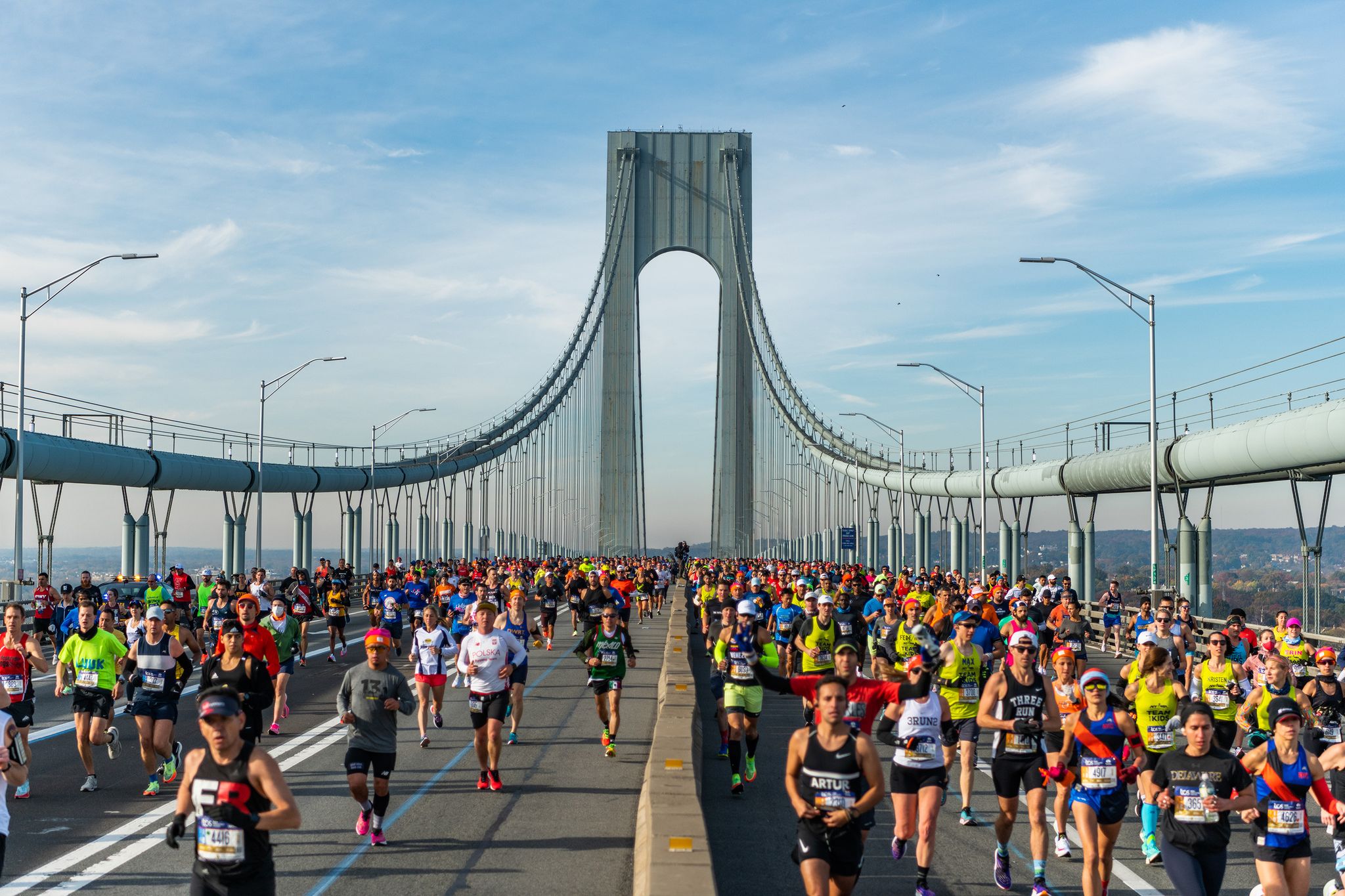For triathletes, ensuring your bike is functioning properly is crucial for performance and safety during training and races.
As you know, the bike leg is one of the longest and most demanding parts of the triathlon. That is why you want to keep it in perfect condition and always race-ready.
If you are still searching a perfect bike, make sure you check out our comprehensive guide where we review 5 types of triathlon bikes.
Now, we’ll dive into the bike maintenance tips and tricks every triathlete should know.
This checklist will include five crucial points: regular bike maintenance, pre-race preparation, emergency kit, after-race checks, and preventive maintenance checklist.
Let’s go!
Regular Triathlon Bike Maintenance
Make sure you have all these points ticked as a part of your bike’s regular maintenance.
- Clean Your Bike
Regularly wash your bike with mild soap and water to remove dirt, grime, and sweat that can corrode components.
- Inspect Frame and Components
Check for cracks, dents, or any signs of damage on the frame, fork, bike chain, handlebars, and other components.
- Tire Inspection
Examine tires for cuts, punctures, or excessive wear. Ensure proper tire pressure according to manufacturer recommendations.
- Check Wheels
Check wheel alignment, spokes, and rims for any damage or signs of wear. Spin wheels to ensure they rotate smoothly and without wobbling.
- Brake Check
Test brake levers and calipers to ensure they engage properly and brake pads have sufficient thickness. Replace worn brake pads as needed.
- Drive Train Maintenance
Clean and lubricate the chain, cassette, and derailleur pulleys regularly. Inspect for signs of wear and replace components if necessary.
- Pedal Check
Ensure pedals are securely attached to the crank arms and rotate smoothly. Lubricate pedal threads periodically to prevent seizing.

Pre-Race Bike Preparation
Conduct a thorough bike inspection a few days before the race to make sure it functions properly.
- Final Tune-Up
Schedule a professional bike tune-up before important races to ensure everything is in optimal condition.
- Race Wheels
Install race-specific wheels if desired, ensuring they are properly aligned and securely fastened.
- Nutrition and Hydration
Install water bottle cages and ensure they are securely attached. Pack nutrition and hydration supplies for easy access during the race.
- Saddle Adjustment
Double-check saddle height, angle, and position to ensure comfort and optimal pedaling efficiency.
- Aero Bar Setup
Adjust aero bars to your preferred position for aerodynamics and comfort during the bike leg of the race.

Emergency Kit
Once you’ve made sure your bike is ready for the race, it is time to prepare an emergency kit in case you need any repairing during the ride.
- Flat Tire Repair
Carry a spare tube, tire levers, and a mini pump or CO2 inflator for quick flat tire repairs during training rides or races.
- Multi-Tool
Keep a multi-tool with essential wrenches and screwdrivers for on-the-go adjustments and repairs.
- Chain Tool
Include a chain tool or quick link for repairing broken chains.
- Patch Kit
Pack a tire patch kit as a backup in case of multiple flat tires.
- Identification and Contact Information
Keep your ID, emergency contact details, and any essential medical information handy in case of emergencies.
After Race
When the race is done, you need to take care of your bicycle too.
- Clean and Lubricate
Wash your bike thoroughly to remove sweat, salt, and debris accumulated during the race. Dry the bike and reapply lubricant to the chain and other moving parts.
- Inspect for Damage
Check for any damage or wear incurred during the race, especially after off-road or challenging courses.
- Tighten Bolts
Check all bolts and fasteners for tightness, including stem, handlebars, saddle, and accessories.
Bike Preventive Maintenance Tips

It is always cheaper to prevent something rather than deal with it once it happens.
This is why you should undergo preventive maintenance and always keep your bike in top condition.
Here are some additional tips to help you keep your wheels in shape:
Regular Inspections
Schedule regular bike inspections to catch any issues early before they become major problems.
Keep Moving Parts Lubricated
Apply lubricant to the chain, derailleur pivots, brake and shift cables, and other moving parts regularly to prevent corrosion and ensure smooth operation.
Replace Wearable Components
Keep track of the mileage on components like chains, cassettes, brake pads, and tires, and replace them before they become excessively worn to prevent premature failure.
Protect Your Bike and Store It Properly
Use frame protectors, chainstay guards, and other protective accessories to prevent damage from chain slap, cable rub, and other sources of wear and tear.
Store your bike indoors or in a dry, sheltered area to protect it from the elements and prevent rust and corrosion. Use a bike cover if storing outdoors for extended periods.
Regularly Clean and Degrease
Clean your bike regularly to remove dirt, grime, and debris that can cause premature wear and damage.
Use a mild detergent and water or a bike-specific cleaner, and degrease drivetrain components periodically to remove built-up grease and dirt.
Maintain Proper Tire Pressure
Check tire pressure regularly using a floor pump with a pressure gauge, and inflate tires to the recommended pressure indicated on the sidewall.
Proper tire pressure ensures optimal performance, traction, and durability.
Keep Brake Pads Aligned
Periodically check brake pad alignment and adjust as needed to ensure they make full contact with the rim or rotor for efficient braking and prevent premature wear.
Inspect and Replace Cables and Housing
Inspect brake and shift cables and housing for signs of fraying, corrosion, or wear, and replace them if necessary to maintain smooth and precise shifting and braking performance.
It all seems like too much work, we know, but actually, following this bike maintenance checklist allows you to ensure your bike is in optimal condition for training sessions and races.
These efforts will eventually minimize the risk of mechanical issues and maximize your performance on race day.






